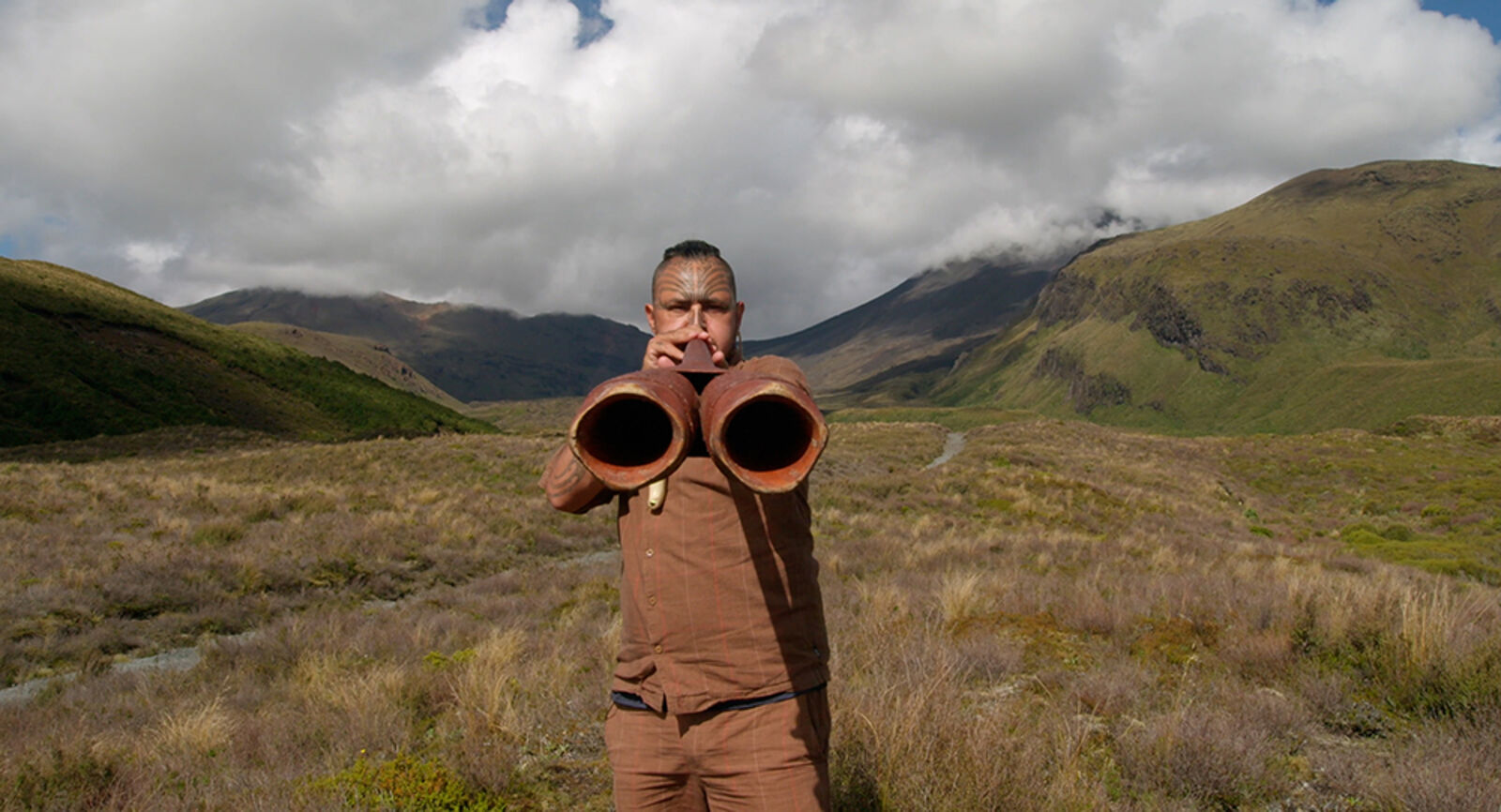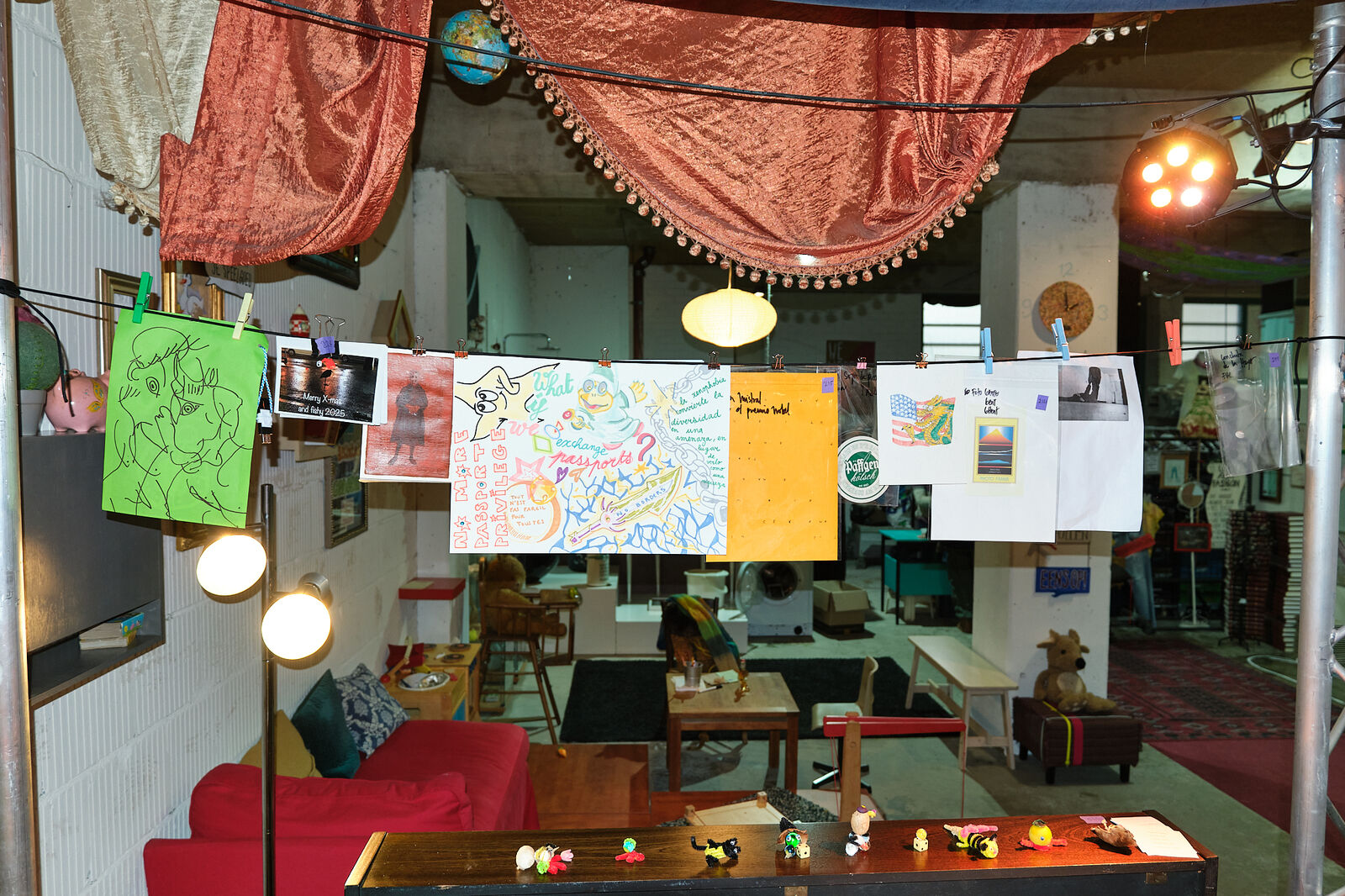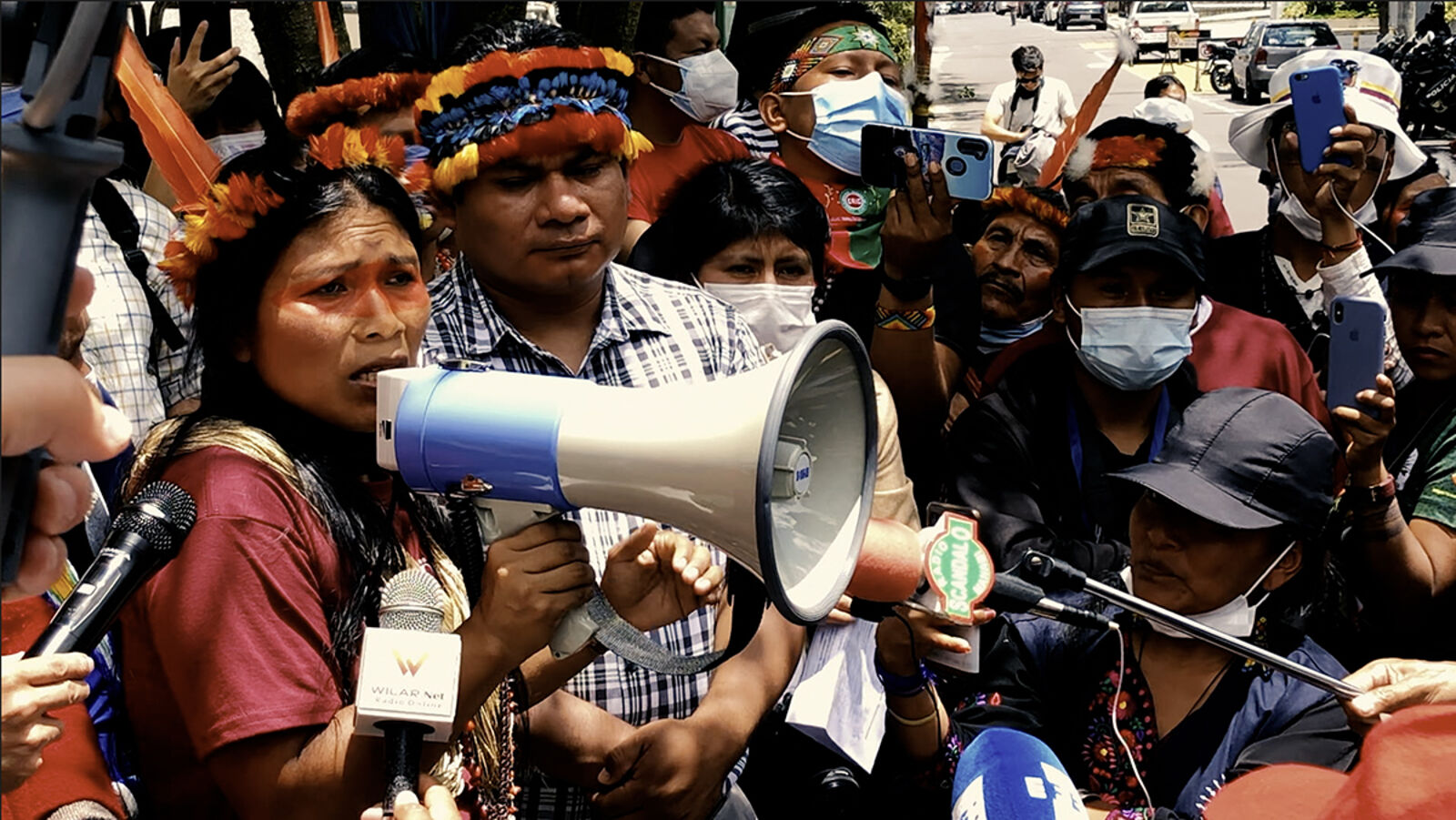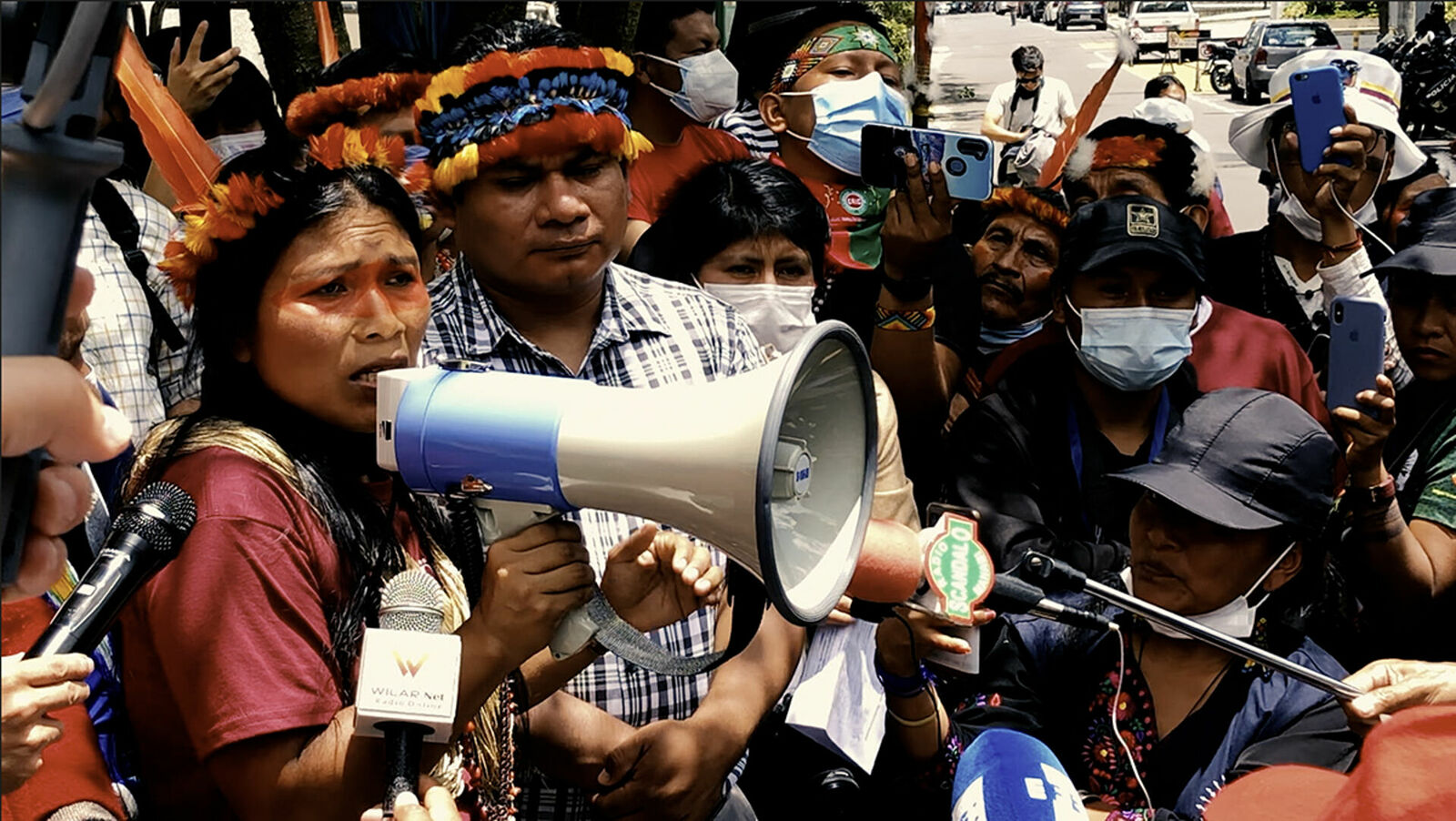
Sensing Interdependence
Sensing Interdependence is a retrospective exhibition on the work of the Italian art collective Arts For the Commons (A4C), a collaboration between Ecuadorian artist Rosa Jijon and activist and artistic researcher Francesco Martone. The exhibition tackles the notion of interdependence between nature and humans. It is guest-curated by Aria Spinelli and Angelo Castucci.
↗
Sensing Interdependence
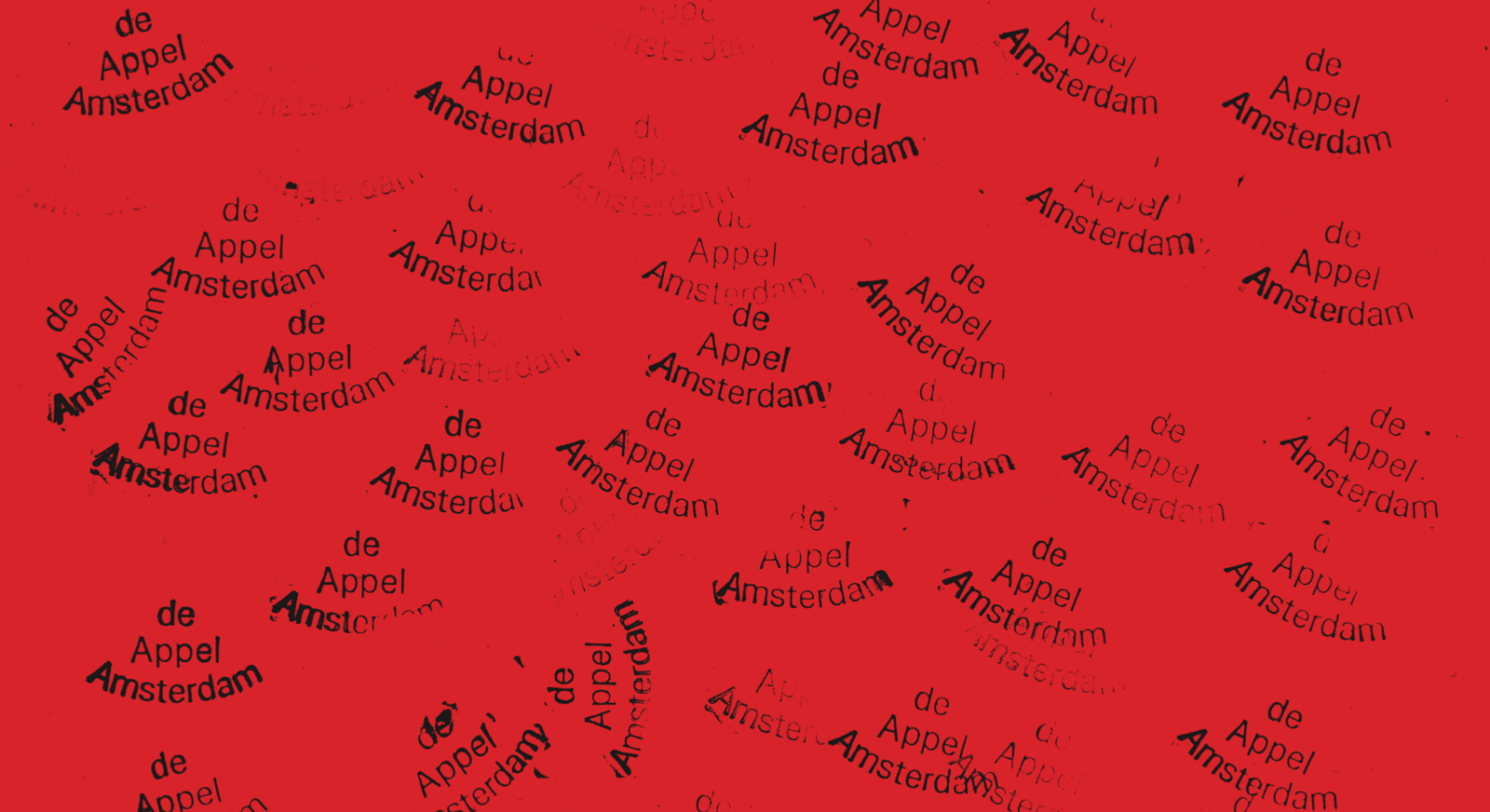
de Appel Kiosk 2025
de Appel Kiosk returns to Dappermarkt and Albert Cuypmarkt between 8 – 26 July. Three proposals have been selected from an open call: Buurtijs by Honey Jones-Hughes & Antonio de la Hera, Stichting SB by Saemundur Thor Helgason and de aardAppel by Özgür Atlagan & Ulufer Çelik.
↗
de Appel Kiosk 2025
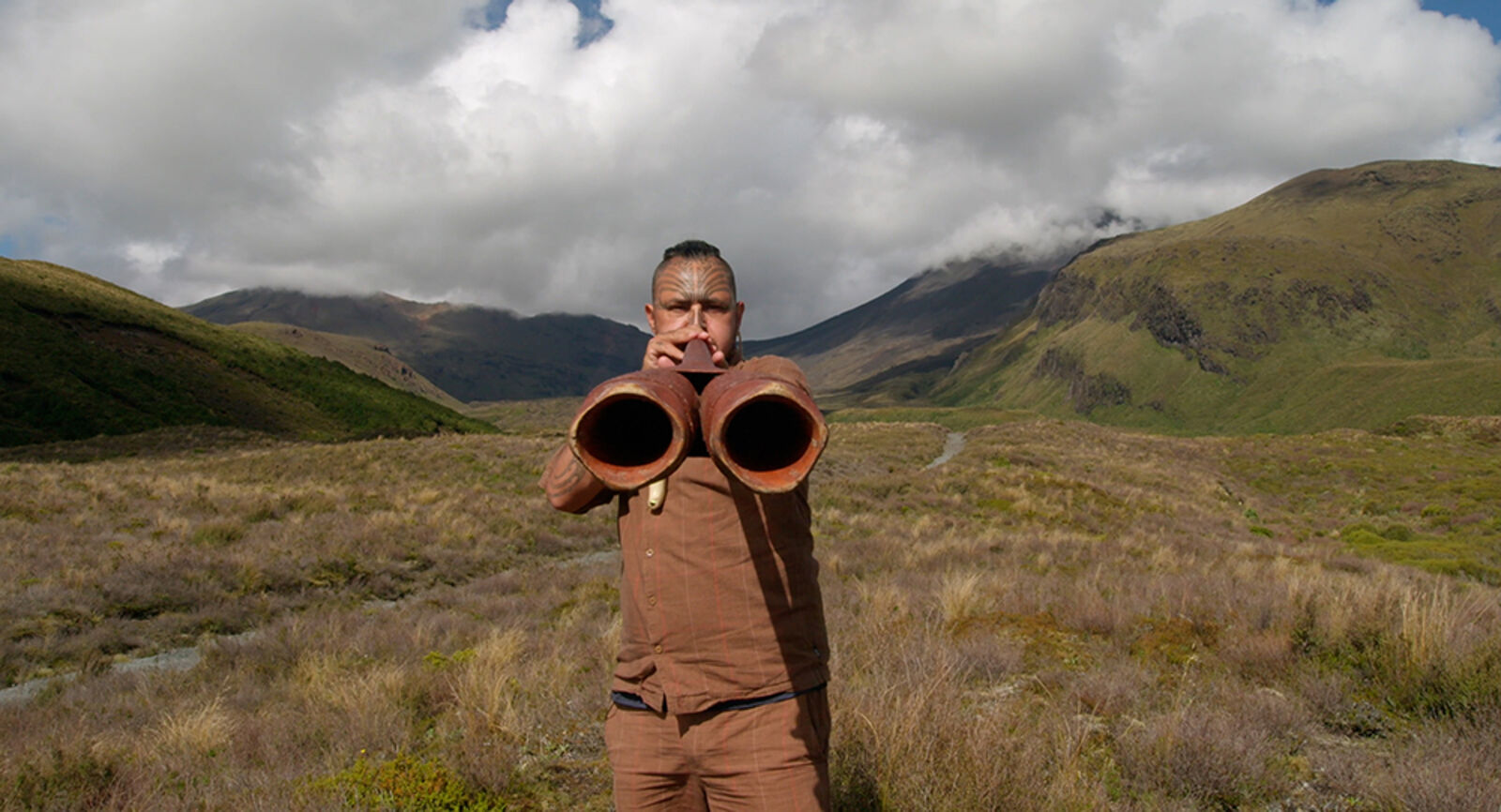
Sensing Interdependence:
Film Screening
Film Screening
In the context of the exhibition Sensing Interdependence, de Appel screens the documentary I Am the River, the River Is Me (2025) at Filmtheater Kriterion, accompanied by a screening of video work by A4C titled Vilcabamba, de iura fluminis et terrae (2022): a visual and sonic representation of rivers with rights throughout the world, and a short reading by the curator of the exhibition.
↗
Sensing Interdependence:
Film Screening
Film Screening

